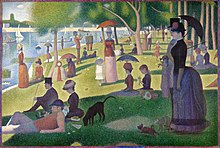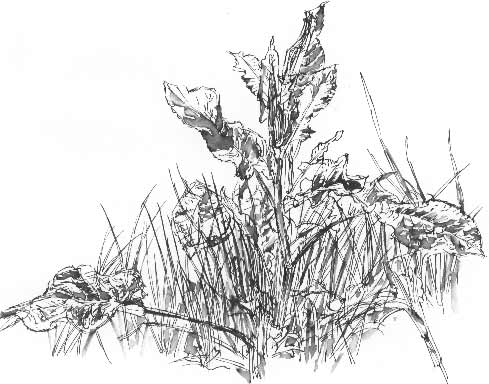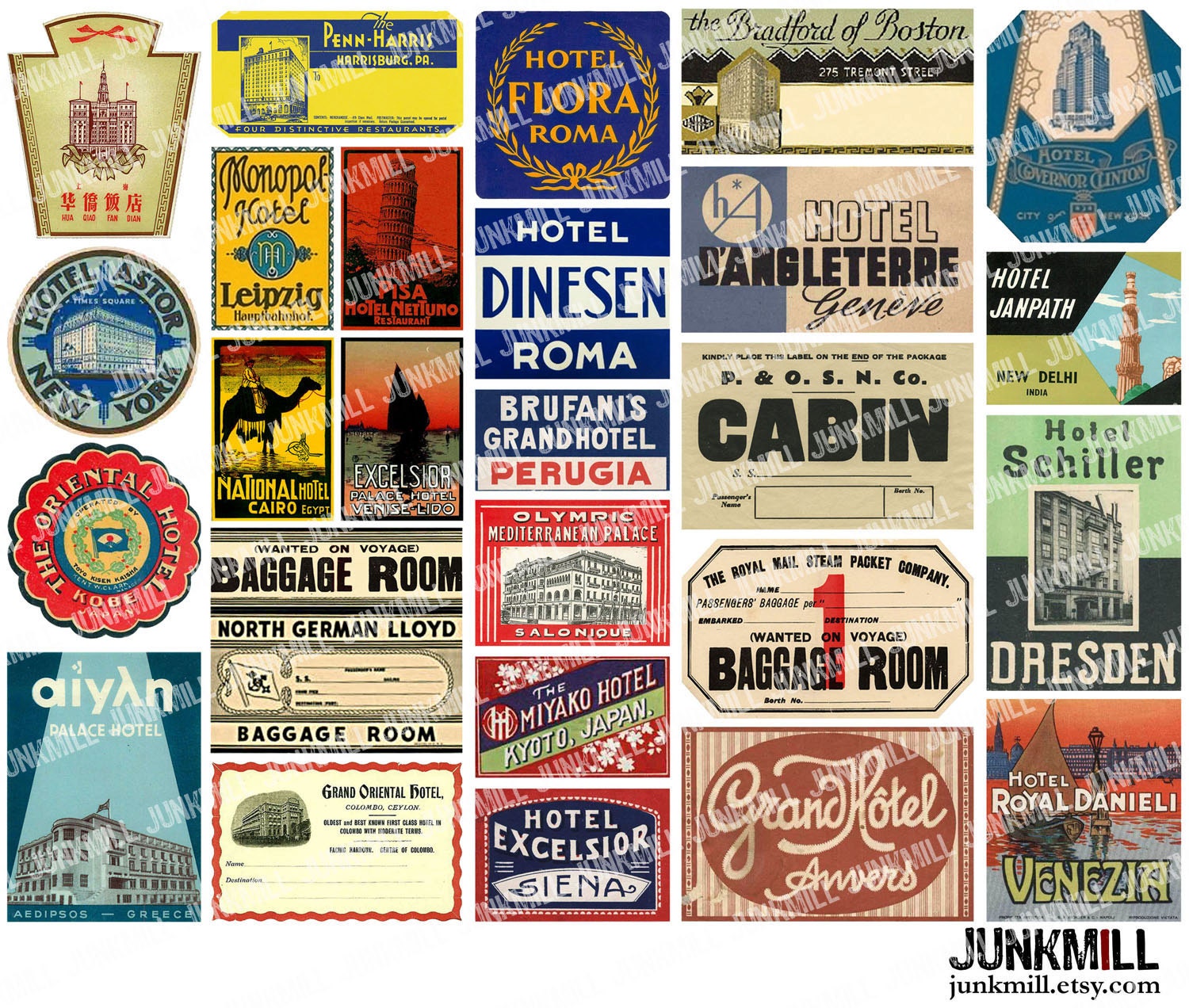It is in my opinion really important that we strengthen children's own perception of "moving on" and "getting better" at language learning and that we help them develop positive self efficacy that will carry them on in to KS3 language learning . Below hopefully is an opportunity to support our children to do this.
My intention in the activities below is to revisit pockets of prior learning, to unpack processes with the children and to get them (not me!) practise the whole present tense conjugation of some high frequency verbs. It is in my opinion important that we make sure that UKS2 children can access identify and use infinitives in a target language,can create the stem of the verb and then are able to add appropriate present tense verb endings which match if required (depending on target language) the correct personal pronoun.
When you think about this ,it is a process that has to be identified,explored,unpacked, practised and children have to be allowed to then manipulate and produce their own (not always accurate of course) versions.The production needs to be memorable and valuable and part of a creative whole activity.
I love using Art to bring language learning to life.If you have read my previous blog posts on 3D Art and a Renoir picture, you will know that we can use a painting to good effect to explore grammar and link this to purposeful creative communication and performance:
It's all about a Sunday afternoon stroll,a walk in the park and an observation of leisure activities.Take a look at the picture! What can you see?
Remember the ultimate aim of the activity is to ascertain that the children are secure in:
- Finding/recalling and identifying infinitives of high frequency verbs
- Can change an infinitive in to a stem to which can be added appropriate verb endings which match with an appropriate personal pronoun.(I wrote a blog post on personal pronouns and a photo shoot drama activity that may be useful as a pre-cursor to this sequence of activities Getting used to personal pronouns
- Can create and recall the whole paradigm (pattern) of a present tense high frequency verb .What do I class as high frequency verbs? Well the suggested list of high frequency verbs proposed by the Assessment for MFL in Primary Schools from the government's Expert Subject Advisory Group suggests these verbs amongst others "drink,look,like,play.watch,carry,make" .They fit very well in to the activities below.
Here are the activity steps
1. Picture Exploratory Walk
2. Talk Walk
3.Verb Artist Talk Walks
4.Verb artist sketches
4.Verb artist sketches
- Go on a "picture exploratory walk".Share with the children the Georges Seurat picture.Walk with the lady and gentleman on the far right of the picture. Look around with the eyes of these two characters, what can they see? Ask the class to call out actions that they can see in English .Walk with the children from far right to far left of the picture and talk about the picture.
- Write these actions as they are spoken on the white board in English (e.g swimming,watching,talking).
- Can the children help you to change the actions you have written in to infinitives ?Discuss with the children how we form infinitives in English.Use two of the actions you have written up on the flip chart as examples- so if you have written "swimming" ask the children to explain how we would need to change this to an infinitive by removing the ending and putting" to" at the front so it reads "to swim".Can they help you with one other action on your chart? I think that this is an important discussion process in English to go through before we assume that all children understand what an infinitive is and how to identify one in their own first spoken language.
- Give out bi-lingual dictionaries and ask the children in pairs to write on strips of white card.On these strips of card they are going to write down target language infinitives of the actions.Firstly ask them to select one of the actions you have listed on the white board but has not been changed to an infinitive in English.So if you have written walk or walking ....can the children think of the infinitive in English( to walk) and then can they locate the target language infinitive of the verb and write it down.I think that this is an important process to go through here and to allow the children to work out that they can think of part of a verb but they are going to fond the verb they need in a bilingual dictionary as an infinitive - so they need to convert the word in their head in to the infinitive form and look for that.
- Now ask the children to work in pairs and to convert all the actions however they are written in English on the whiteboard in to target language infinitives.
- Now share a "talk walk" with the class.Display a large version of the Georges Seurat picture.Invite volunteer pairs to the front to mime one of the target language infinitives they have found and to show the card strip with the written out infinitive and say the infinitive in the target language.Can another volunteer come to the front,locate whereabouts on the picture we can see the action and blu-tac the infinitive to the Georges Seurat picture in the correct place.Repeat this with all the actions you brainstormed and different volunteers from the class.
- Ask the children once you have completed your "talk walk" to look for spelling links between the ending of the written words they have blu-tacked to the picture.Explain that these endings are the key to making the infinitives come to life and to creating stems of the verbs we can then use.
- Let's focus on one group of regular verbs in the target language and by this I mean that the infinitives all have the same "endings".I have selected to talk,to swim,to jump,to walk,to look (watch) for this picture as in German that's easy as verbs in the infinitive end in "en" , in French I have selected "er" verbs and in Spanish these verbs end in "ar" in the infinitive.Remember the focus is on can the children go through the process and understand how to conjugate a verb and not can the children recite a verb accurately .We are therefore keeping the activity to one group in French and Spanish as this will help us to focus the practise of the process around the skill of "conjugation" and less so on memory and recall.
- Verb Artist Talk Walks .Share with the children a small portion of the picture.Ask them to help you to decide which of the verbs you are now focusing upon fits this portion of the picture (for example the woman looking out on to the lake on the far left of the picture).Can the children help you to bring the action "looking" to life? To do this you are going to have to find the infinitive, create the stem of the verb- demonstrate how you can form the stem.I like to ask the children to think of the letters we need to remove from the end of the infinitive as box lid ....so suggest that you are opening the artist's paint box.In the paint box are 6 personal pronouns and 6 important matching endings.Now take a "verb artist talk walk" with the stem of the verb! Can they help you to sketch the character from head (infinitive , first person singular etc)to foot as the present tense verb ...? The children must talk you through the process otherwise you can not add the next part of the verb and you can not complete your artist's sketch of the character and their action.
- Ask the children to work in pairs and take Verb Artist Talk Walks with other characters and their actions in the picture.Add a time limit to the activity - so some groups may complete two characters and other pairs may complete more or less than this.They need to talk through the process with their partner and show their "workings out" - infinitive, create stem, add verb endings and personal pronouns on paper.
- Can they create an "Verb artists sketches "artist's sketch of one of their verbs as a paradigm( in the shape head to toe of the character in the painting who is performing the action ?
- These "Verb Artist Sketches" would make wonderful concertina characters - head and feet drawn in the style of Geroges Seurat ( notice they way he uses dots and lines) with the paradigm of the verb written as a concertina for the body.Add a QR and a recording of the children or take a photo with Chatterpix APP and record the children saying their paradigm and you have creative evidence of the children conjugating a high frequency verb.Take a photo of the "workings out" and you have evidence of the children working through the process of creating a paradigm and conjugating a high frequency verb.
- You can take this one step further and .....you probably know what is coming next - as I love performance! Make this in to a "live park talk walk" ! Each pair is responsible for a verb and must speak and perform the verb as an interpretation of the type of action associated with the verb and in the style of the artist.One child speaks for singular and both children speak for plural .You are now Georges Seurat walking around the park ,looking for the characters for his picture!Actions and verbs may be repeated but ask all the children to freeze frame in their first action positions and as you walk around the classroom.When you the artist stands next to a pair they should come to life and start to perform their paradigm.The class are helping you the artist to step back in to the picture and create a "live park talk walk"!








.JPG)


















